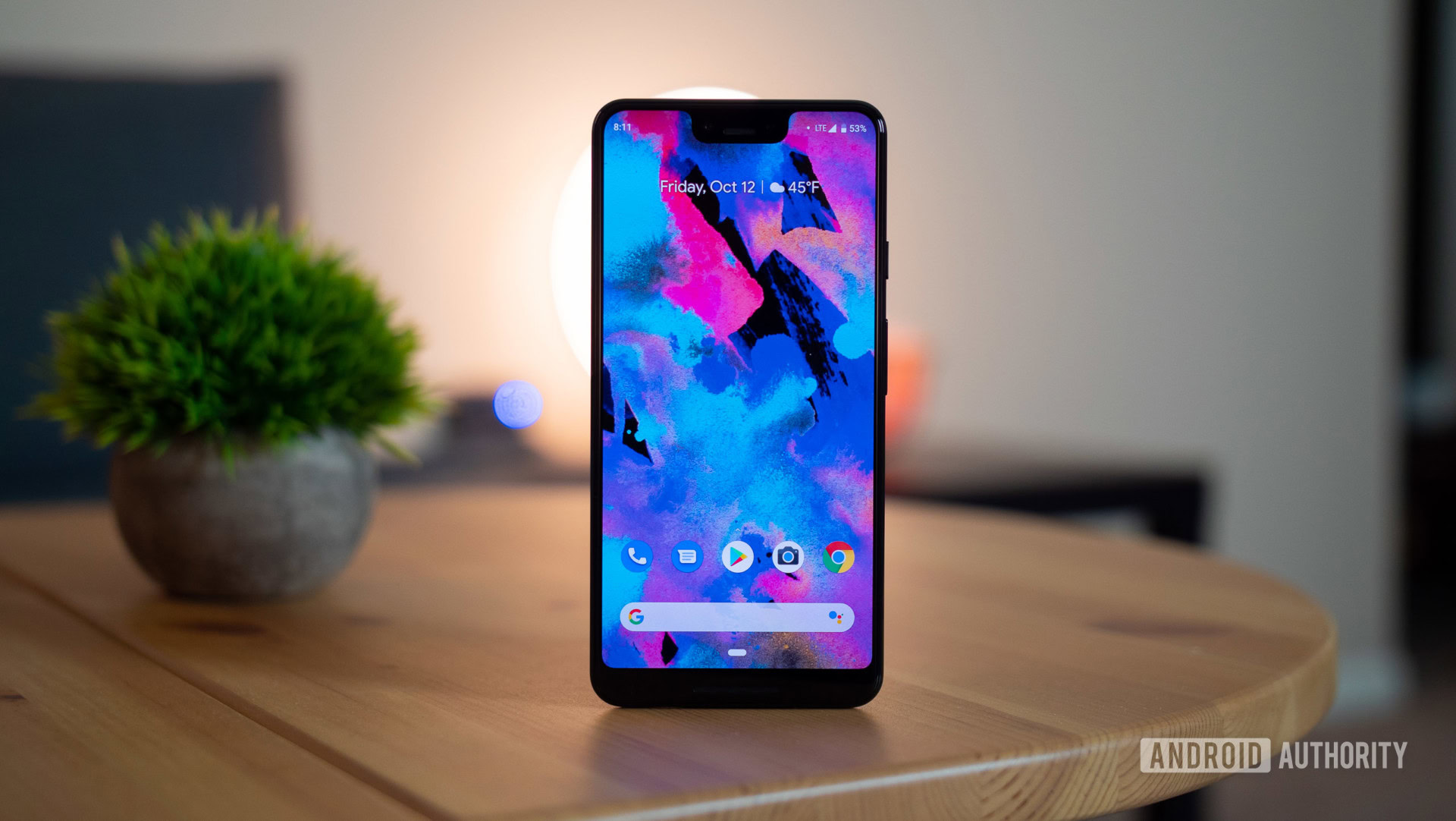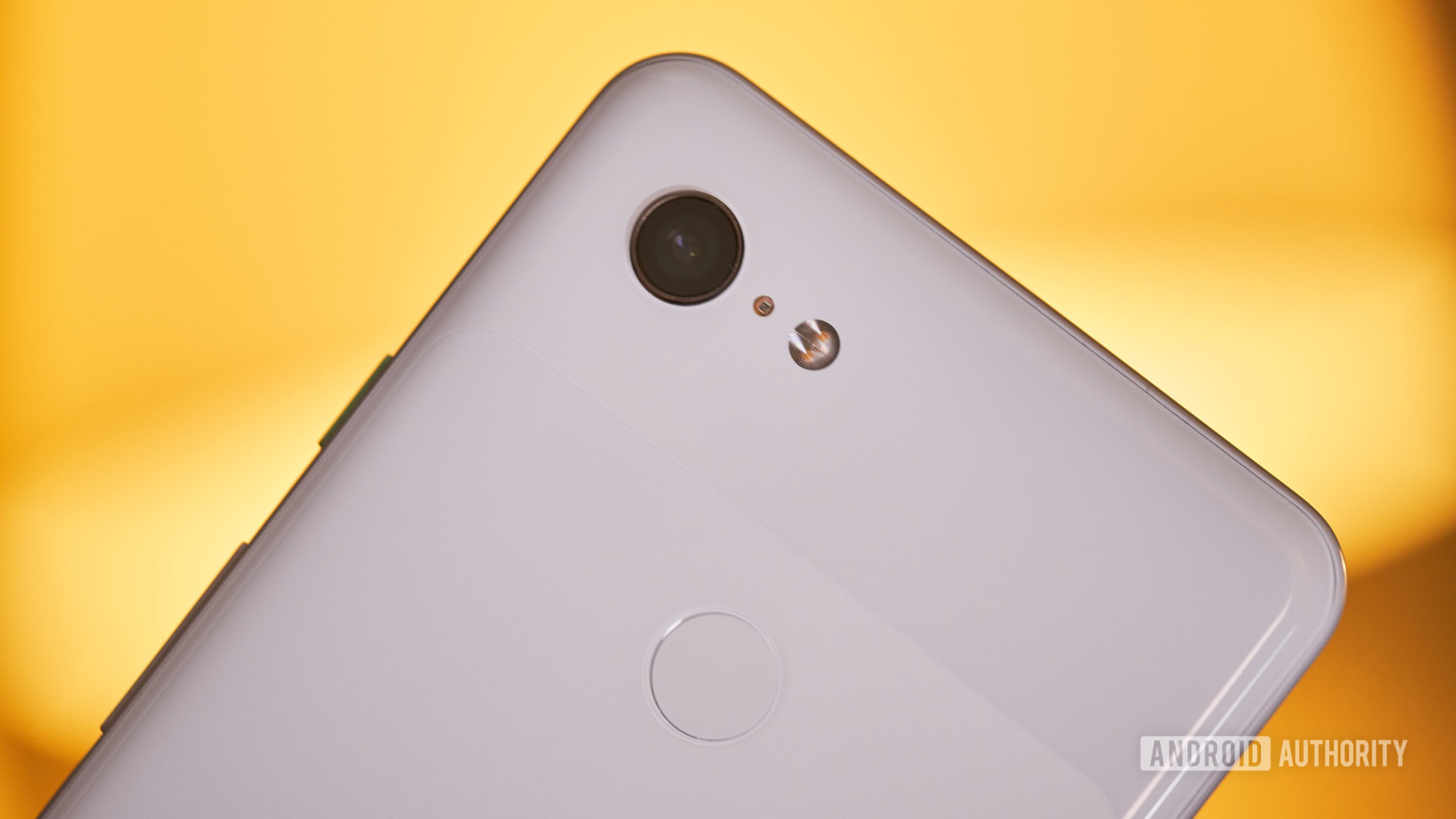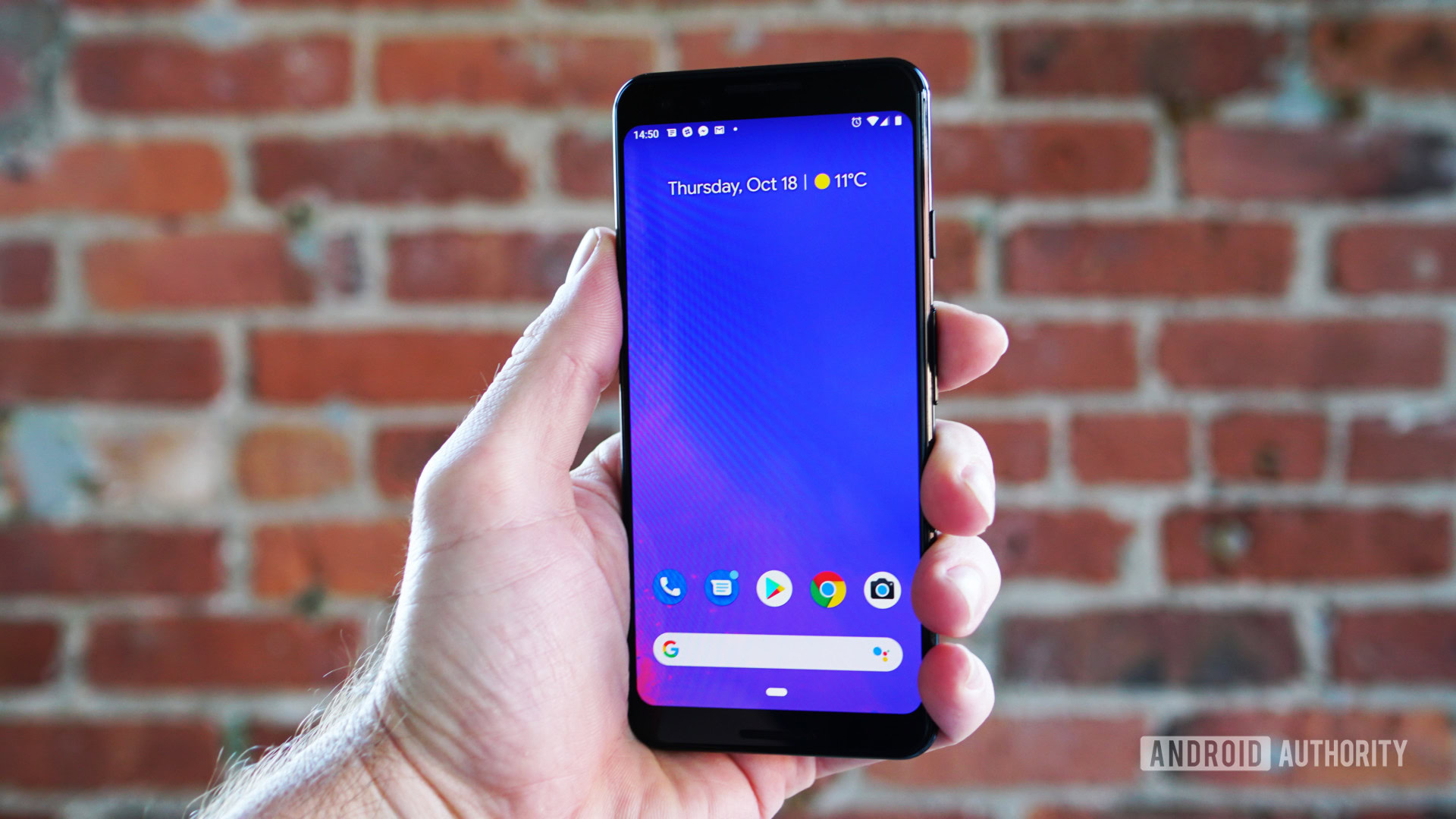Affiliate links on Android Authority may earn us a commission. Learn more.
Here's why Android Pie's Adaptive Brightness mode is so efficient
Published onNovember 21, 2018

- Google has revealed some details on the inner workings of Android Pie’s Adaptive Brightness setting.
- The company discussed how the setting learns from its users and how it will continue to improve as Pie lands on more smartphones.
- Google also explained how it improved the brightness slider setting based on how our eyes perceive light.
When Google released Android Pie in August, it introduced a feature called Adaptive Brightness. This is an extension of the automatic brightness display setting many Android users will already be familiar with. In a post on the Android Developers blog earlier this week, Google explained how and why it’s better than its forerunner.
The Adaptive Brightness setting allows Android Pie to determine the optimal brightness for your smartphone. It’s an automatic setting, just enable it and it will raise or lower the brightness depending on the light in your current environment. This is not only intended to save you time manually altering brightness settings, but also to improve battery life; your smartphone should always be bright enough for your needs but not so bright that it’s consuming more battery than is necessary.

These were also the aims of automatic brightness, though it wasn’t always effective. Manual adjustments often yielded better battery life and a better brightness level for the current situation. However, the Android Pie solution differs from previous automatic brightness modes in that it uses machine learning algorithms to help achieve the best results.
With Adaptive Brightness enabled on Pie, the system will learn your preferred settings over time. As you manipulate the brightness slider during the day, you will train the phone to understand the display brightness you want in various lighting conditions. Google says this should mean you gradually use the slider less and less, presumably until you no longer need to touch it at all.

It’s a smart system because it lends itself to our natural behavior — we are tapping that brightness slider anyway, Pie just uses the input to inform optimal settings in an unobtrusive way. Google also says this model is updateable and should become better over time as more people use it.
Additionally, Google claims its brightness slider control accounts for the human eye to a larger extent than previously. Humans register greater differences in light changes when the display is dark compared to when it’s bright, and Google has updated the Pie slider to reflect this. It’s said to provide greater control, though it means you “may need to move the slider farther to the right than you did on previous versions of Android” to get the same brightness.
Adaptive Brightness isn’t an Android Pie feature that will come to every handset by default, but Google says it’s now working with third-party OEMs to incorporate the setting into their Pie builds. Hopefully we’ll see it on plenty of devices in the future.
For more on the new Android software, read our Android Pie review at the link and check out our Android Pie update page to find out when your device will get it.